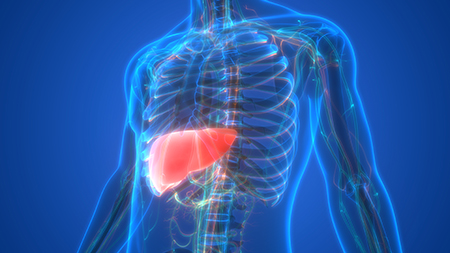Amy Goss, Ph.D., assistant professor in the University of Alabama at Birmingham’s Department of Nutrition Sciences, has received a $3 million R01 grant to implement a family-based diet intervention to treat fatty liver disease and obesity in adolescents.
With increasing prevalence of childhood obesity, non-alcoholic fatty liver disease has emerged as the most common cause of liver disease among children and adolescents in industrialized countries. For children and adolescents ages 2 to 19, the prevalence of obesity has reached 17 percent and affects nearly 13 million children in the United States.
Non-alcoholic fatty liver disease refers to a spectrum of liver diseases ranging from simple fat infiltration to non-alcoholic steatohepatitis, or NASH, fibrosis and cirrhosis.
Non-alcoholic fatty liver disease refers to a spectrum of liver diseases ranging from simple fat infiltration to non-alcoholic steatohepatitis, or NASH, fibrosis and cirrhosis.
It has been reported that approximately 20 percent of patients with NASH will progress to cirrhosis and liver failure. However, patients with NAFLD universally have hepatic insulin resistance, placing them at high risk of developing glucose intolerance and Type 2 diabetes.
Read More at UAB News.

